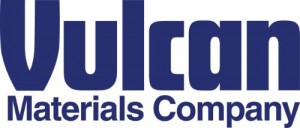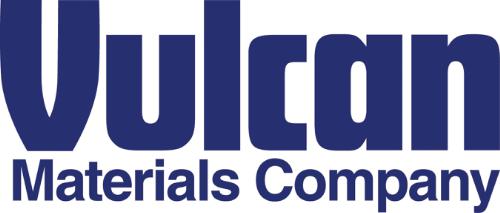
Vulcan Materials Co. revealed that its total revenues in the first quarter of 2016 grew $123 million, or 20 percent, to $755 million, and that its total gross profit more than doubled, with growth in all segments.
Compared with the first quarter of 2015, aggregates shipments rose 5.7 million tons, or 17 percent, and freight-adjusted aggregates pricing increased $1.08 per ton, or 9.5 percent. As a whole, the aggregates segment’s gross profit increased $81 million, or 119 percent, to $148 million. According to the company, the gradual recovery in construction activity and demand for aggregates continued across most of the company’s footprint in the first quarter.
In addition, the asphalt, concrete and calcium segment gross profit improved $6 million, or 60 percent, collectively. Asphalt gross profit in the first quarter of 2015 was $12 million, compared to $9 million in the first quarter of 2015. Concrete gross profit improved $2.7 million from the prior year, and the calcium segment reported gross profit of $0.6 million, a 13 percent improvement over the first quarter in 2015.
“The recovery in construction activity continues across most of our markets and our strong first quarter volume growth – along with the growth we’ve seen over the past several quarters – reflects that sustained strengthening in demand,” says Tom Hill, chairman and CEO of Vulcan. “Several factors contributed to the above-trend volume growth seen in the first quarter, including relatively favorable weather conditions in certain of our markets, our customers’ success in winning and executing new project work, incremental improvements in public construction spending, and an additional shipping day in the quarter due to Leap Year.”
Vulcan’s total revenues increased $495 million, or 16 percent, to $3.5 billion when comparing this 12-month period to the previous 12 months. Additionally, aggregates freight-adjusted revenues increased $370 million, or 20 percent, to $2.2 billion, and the asphalt, concrete and calcium segment gross profit improved 86 percent, or $50 million, collectively, when comparing the prior 12-month period to the current 12-month period.












